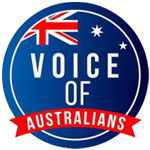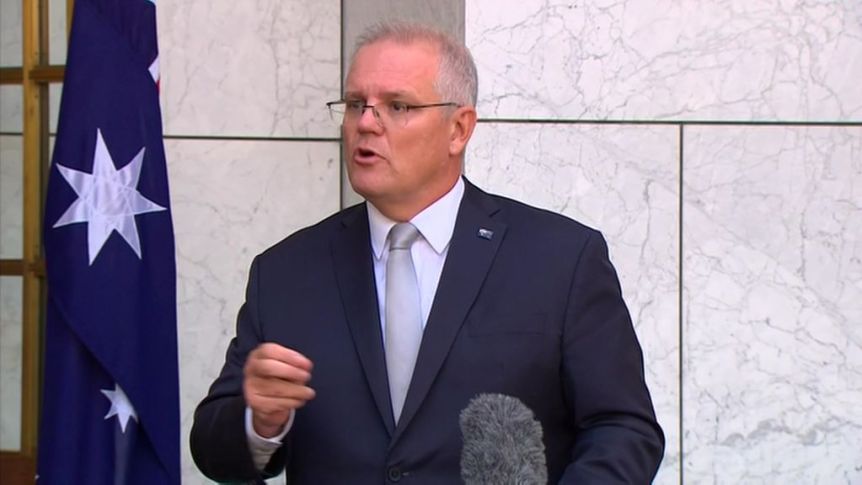JobSeeker announcement blasted as ‘a heartless betrayal’
Australia is facing one of its biggest crises in unemployment since the Great Depression and the Prime Minister has offered what he described as a lifeline.
Today Scott Morrison announced from April 1, JobSeeker will increase by $50 a fortnight for almost two million Australians as the government phases out its coronavirus supplement.
While the Prime Minister is positive about the upcoming changes, there are others who say it’s not enough.
“Today’s announcement represents a heartless betrayal of millions of people,” CEO of the Australian Council of Social Services, Cassandra Goldie, told A Current Affair.
Ms Goldie said an increase of $4 a day, which would see those eligible for JobSeeker paid $715.70 per fortnight, is a far cry from what is needed.
“Everybody said that we could never go back to (the) brutality of that old Newstart unemployment payment of just $40 a day, well what the government’s announced today they’re going to try and make people live on $44 … just how measly is that?” she said.
And many Australians who never imagined they’d be on unemployment benefits are now experiencing what it’s like.
Former CEO Richard Lawrence said he hasn’t needed help since leaving school but since the COVID-19 pandemic began, he’s applied for 180 jobs.
And he said there’s one thing that hasn’t changed over the history of the dole – it doesn’t feel good.
“I’m in the same boat as all of the rest of the unemployed, that’s shocking frankly,” he said.
“We can’t survive on what we have, and the extra money is what, a couple cans of baked beans per day perhaps.”
And while there are some unhappy with the announcement, it’s not the first time Australia’s welfare system has faced scrutiny along with those reliant on it.
Sustenance during The Great Depression – 1930’s
Sustenance or “Susso” was given to the unemployed during The Great Depression in the 1930s to many who were struggling to feed themselves.
But at the time it was seen as degrading, with headlines speaking of those reliant on it as “lazy” and “dole frauds” threatening to “cripple the system”.
During this time those dependent on sustenance were called “no hopers” and “deadbeats”.
The Unemployment Benefit – 1945
For the first time in 1945 Australia had an unemployment benefit.
The arrival of “dole bludgers” – 1974
By 1974 the term “dole bludger” had arrived.
Surfers and hippies caught the ire of prime minister Malcolm Frazer and a man called Footrot was crowned the “dole bludger of the year” in 1979.
Rising unemployment – 1982
With unemployment passing half a million for the first time you could get $58.10 by 1982 to help out.
Newstart – 1991
Newstart which was also known as the active employment strategy – was born in 1991.
And then after Paul Keating controversially raised the handout, Australia entered the so-called dole wars of modern politics.
The Paxton’s on A Current Affair – 1996
Shane Paxton and his siblings divided the nation after they appeared on A Current Affair in 1996 and their apparent lack of will to get a job helped fuel political policy.
Work for the dole – 1998
John Howard made the jobless pull their weight, with work for the dole in 1998.
Tony Abbott also gave it the tick of approval at the time.
Before the pandemic welfare recipients were required to apply for 40 jobs a month while waiting six months to access money.
Then came drug tests, welfare cards and now finally a global pandemic.








